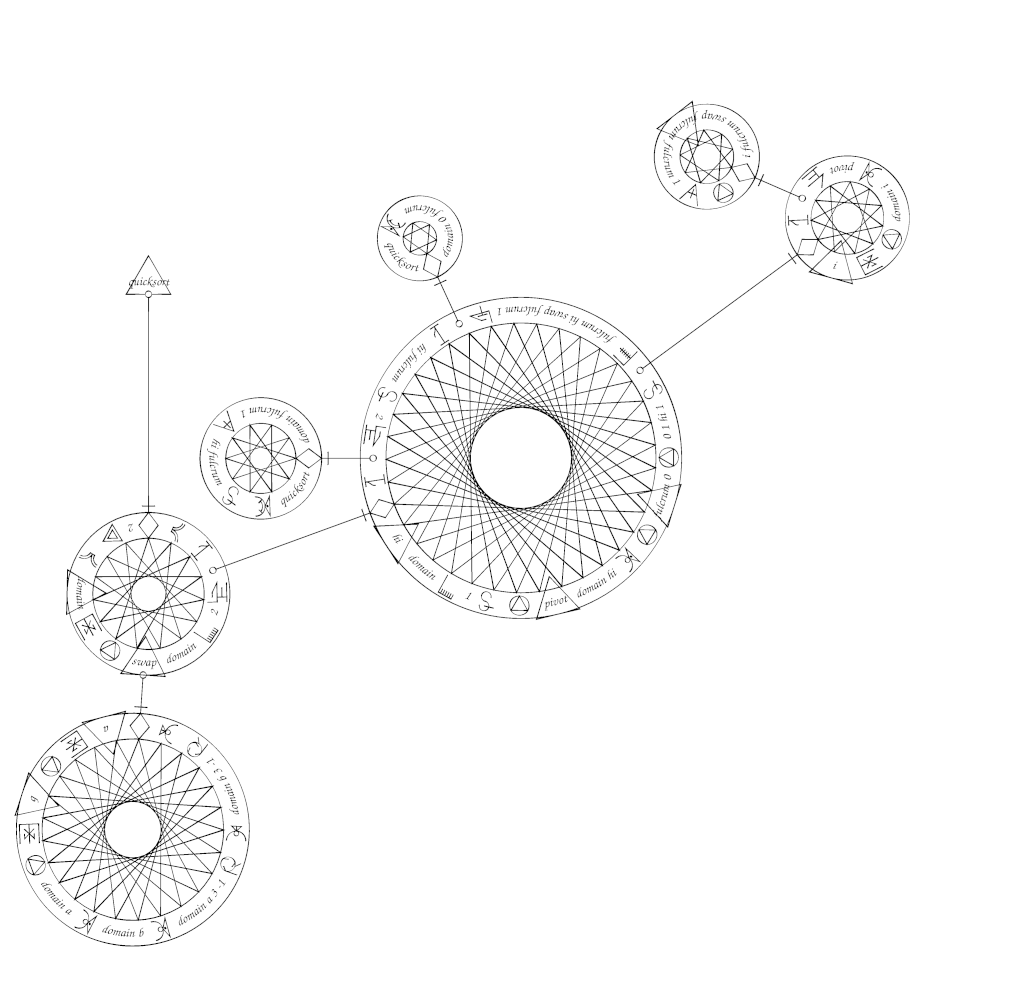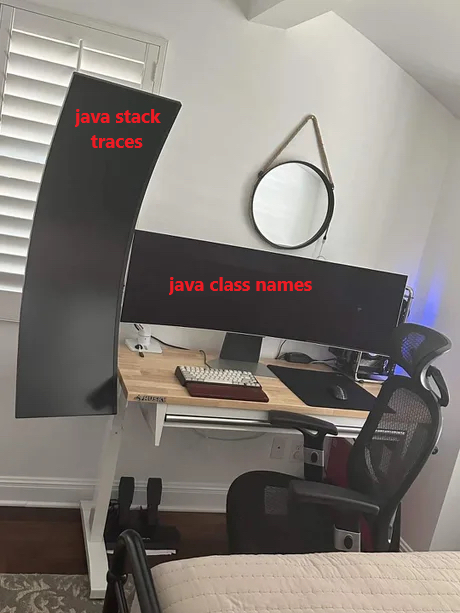This looks very similar to The Ultimate Conditional Syntax, although that's for ML so it doesn't have the nice syntax for chaining method calls.
I would just transmit the program as source (literally send y = mx + b) instead of trying to serialize it into JSON or anything. You'll have to write a parser anyways, printing is very easy, and sending as source minimizes the points of failure.
Your idea isn't uncommon, but there's no standard set of operations because it varies depending on what you code needs to achieve. For instance, your code needs to make plots, other programs send code for plugins, deployment steps, or video game enemies.
There is a type of language for what you're trying to achieve, the embedded scripting language ("embedded" in that it's easy to interpret and add constants/hooks from a larger program). And the most well-known and well-supported embedded scripting language is Lua. Alternatively, assuming you're only using basic math operators, I recommend you just make your own tiny language, it may actually be easier to do so than integrate Lua.


Well, at least you can do basic logic…